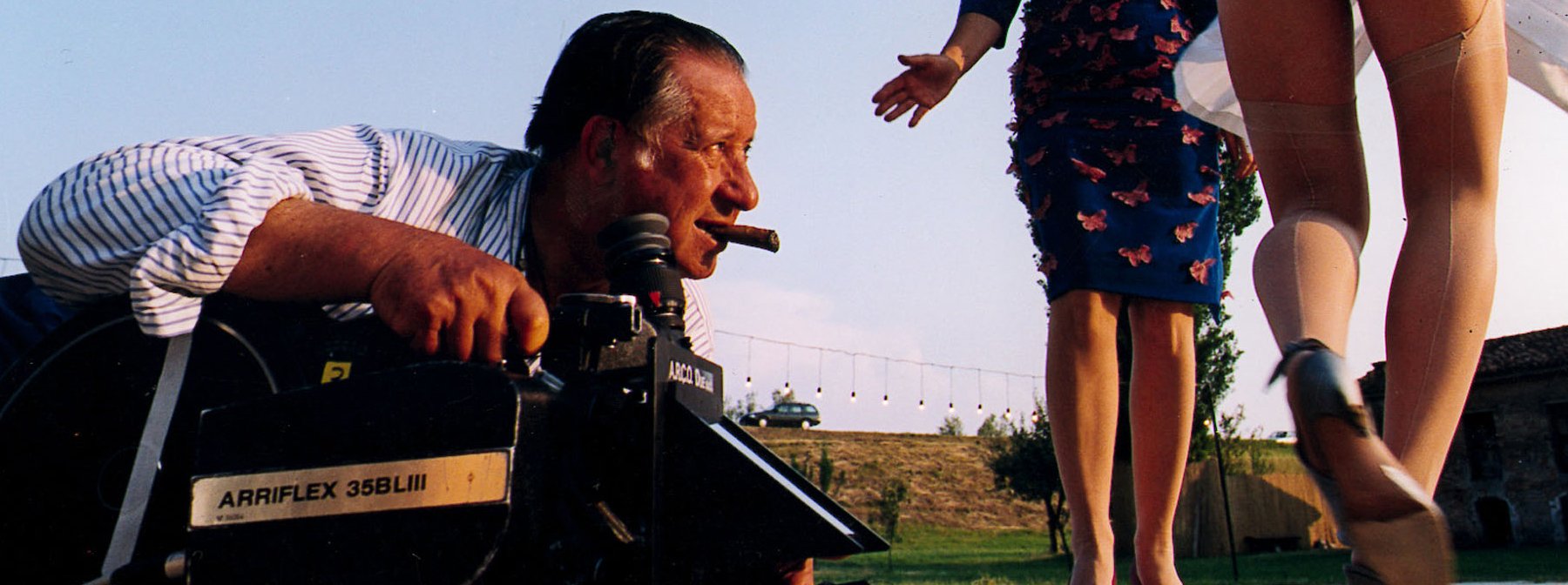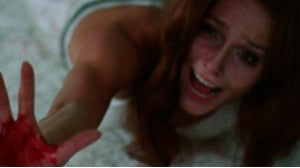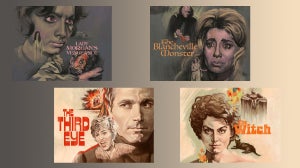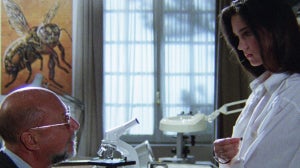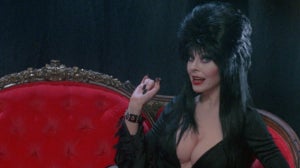
How does one exactly define a filmmaker, much less a man, like Tinto Brass?
Oh, let’s count the ways, starting with provocateur, auteur, ass-obsessed, movie director, subversive, sleazy, uncompromising, golden, offensive, vital, brilliant, gutsy, and most importantly, artistic.
Tinto Brass is the type of pure spirit that is automatically not going to be for everyone. Even in the world of cinematic Eros, Tinto is the perversive and pervasive outlier, often weaving in elements of the outré that can slither into straight up dada. This is something he should be rightfully exalted for! After all, simple prurience is old hat. Creators of pure, unimaginative smut are rarely remembered, much less celebrated and discussed. However, it takes a true visionary to infuse sexual imagery and sensuous stories with something special and rarefied that can capture us with various levels of thrall.
In others words, with proper hands and an untethered spirit, the tantalising can throw enough embers to incinerate a path that can scare and even threaten the status quo. All of this, in all of the various stages of his five plus decades directorial career, is an essential part of Tinto.

Being a creative firebrand with such fertile gravitas does not make life necessarily easy, whether one is dealing with producers, journalists, and/or government officials. Any work of art that even contains a whiff of the potent scent of anti-authoritarianism is one that can have an instant target on its back any number of mal-hearted institutions. Whether it's book burning in 1930s Germany or book banning in current-day Arkansas, or with Tinto and his film career, Italy over a number of decades, censorship is a nasty beast that will never friend growth, love, or cultural health. After all, few will cite titles like, “Wet Nurse Orgy,” “Sexual Harassment on the Farm,” or, more realistically, the innumerable Fifty Shades of Grey clones cluttering up the market with dodgy prose and dodgier kink politics, but they sure as sugar will gun for artists and figureheads that innately possess something beyond the Id based bonanza, like Henry Miller, Gerard Damiano, Larry Flynt, and, of course, Tinto Brass.
Going back to the 1960s and early 1970s, Tinto was already blazing a cinematic trail that was as controversial as it was unbridled with his artistic DNA. He is a figure whose tangible distaste for authority in all of its over-starched forms was matched only by his love for the young yet expanding art of film. This is show in rapturous degree in his 1970 film, The Howl. For anyone who has actually sat down and watched The Howl, there is an intrinsic understanding that any attempts to play the short summary game with it is ridiculous. It deserves so much more because it is such a richly layered film that builds its experience with healthy doses of surrealism, political and social commentary, absurdist humor, and even beauty. “Break, broke, broken...” is a recurring mantra throughout its running time, adding word and aural play into an already heady mix. The Howl is a work that feels like the illegitimate brethren to The Panic Movement in France that was famously founded by titans like Alejandro Jodorowsky, Fernando Arrabal, and Roland Topor. (Imagine the ecstatic triple bill if one programmed it alongside Arrabal's Viva la Muerte and Jodorowsky's Fando Y Lis.)
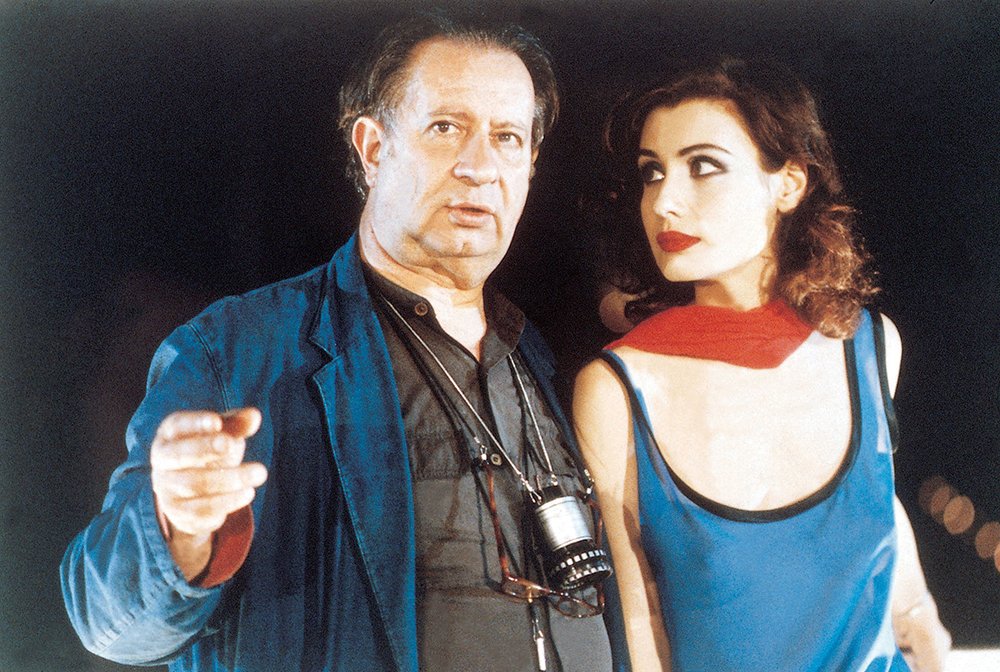
Fast forward to 1976 with Tinto’s powerful Salon Kitty, where themes of espionage, romance, sexual games, and more play out in Nazi-era Germany. The way that Tinto deftly contrasts the cabaret glitz of Madame Kitty’s (played to perfection by Ingrid Thulin) establishment with the brutality of fascism is mesmerisingly visceral. It’s a work that often gets planted with the “naziploitation” label and while its success certainly did influence that weird and nasty sub genre, Salon Kitty is as arthouse and essential as Bob Fosse’s Cabaret. Its notoriety also helped garner the attention of Penthouse magazine founder Bob Guccione, who would bring Tinto into the still-controversial saga that would become 1979’s Caligula.
Due to Guccione’s interference, Caligula cannot cleanly be claimed as a Tinto work, but many elements of his unique thumbprint can still be seen and felt throughout. So much of the brutality and sheer perversity of ancient Rome, not to mention the horror and humour that arises when dealing with the garish extremism of Caligula himself, as well as the other power figures around him, feels like Tinto. It certainly does not vibe with Guccione’s own creative vision, which has similarities with the gauze-shrouded fleshtones and hints of femme-pink. Guccione's approach to erotica would have been much more at home with a Just Jaeckin or David Hamilton-type, then this gale force wind of a maestro like Tinto.
The 1980s and onwards would usher in a new era of Tinto as a filmmaker. The erotic subtexts riddled around more prominent historical and political themes in his earlier work would soon break ground straight to the forefront. Elements like humour would become more pronounced, though often still perverse and unapologetically weird, as if the man is patting us on the ass just as a reminder that he is still the balls to the wall director we know and love. The women in Tinto’s films also changed. Past starlets like Tina Aumont (The Howl), Ewa Aulin (Deadly Sweet), and Teresa Ann Savoy (Salon Kitty, Caligula) would become replaced by equally beautiful but much more earthier goddesses ala Serena Grandi (Miranda), Debora Caprioglio (Paprika), and Stefania Sandrelli (The Key).
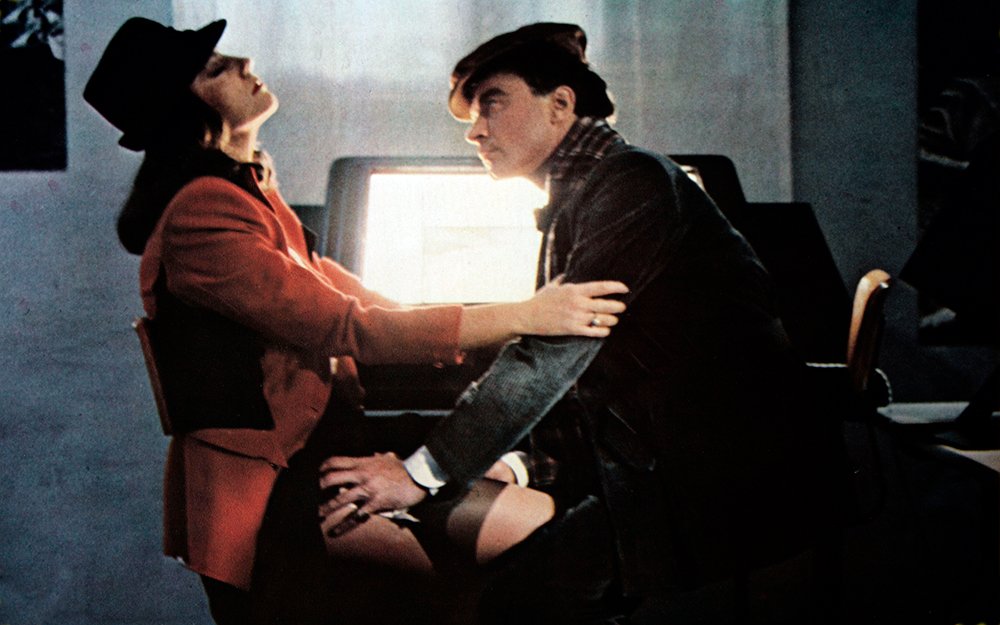
In fact gamine is a word that does not exist in the erotic universe of Tinto Brass. Even with the coming-of-age tale Frivolous Lola aka Monella (1998), the titular character, played with sheer zest by Anna Ammirati, is so geared up with sexual gusto, that her goal of losing her virginity is less fueled by curiosity and more by energy so feral that it orbits near psychological insanity. There is also (blissfully) nothing girlish about her, because Tinto is a creator that loves WOMEN. The more sensuous, erotically charged, and even aggressive, the better. (It probably doesn’t hurt that, much like the band that gave us the definitive ode to curves with “Brick House,” The Commodores, Brass is a man that prefers his ladies stacked.)
While Tinto is a filmmaker who gets the misogynist brand now and again, so much of his work is built around the women and not just in a physical way. Is the latter a huge part of it? Of course, but tied to that is how his female protagonists consistently shine and even overshadow their male counterparts. There are a few exceptions, like Frank Finlay in The Key, but by and large, the men are damned to merely exist in the hot shade of their luminously larger than life female stars.
All of this and so much more is what makes Tinto Brass the perfect provocateur. From cradle to Blu-ray and beyond, this is a man who was born to create images, movement, and stories that outlive and glow beyond all the middling dross that is regularly inflicted upon the audience. March 26th might be his biological birthday, but for the adventurous cinephile and rebel-lover alike, every day is the right day to celebrate Tinto Brass.
Tinto Brass Movies

